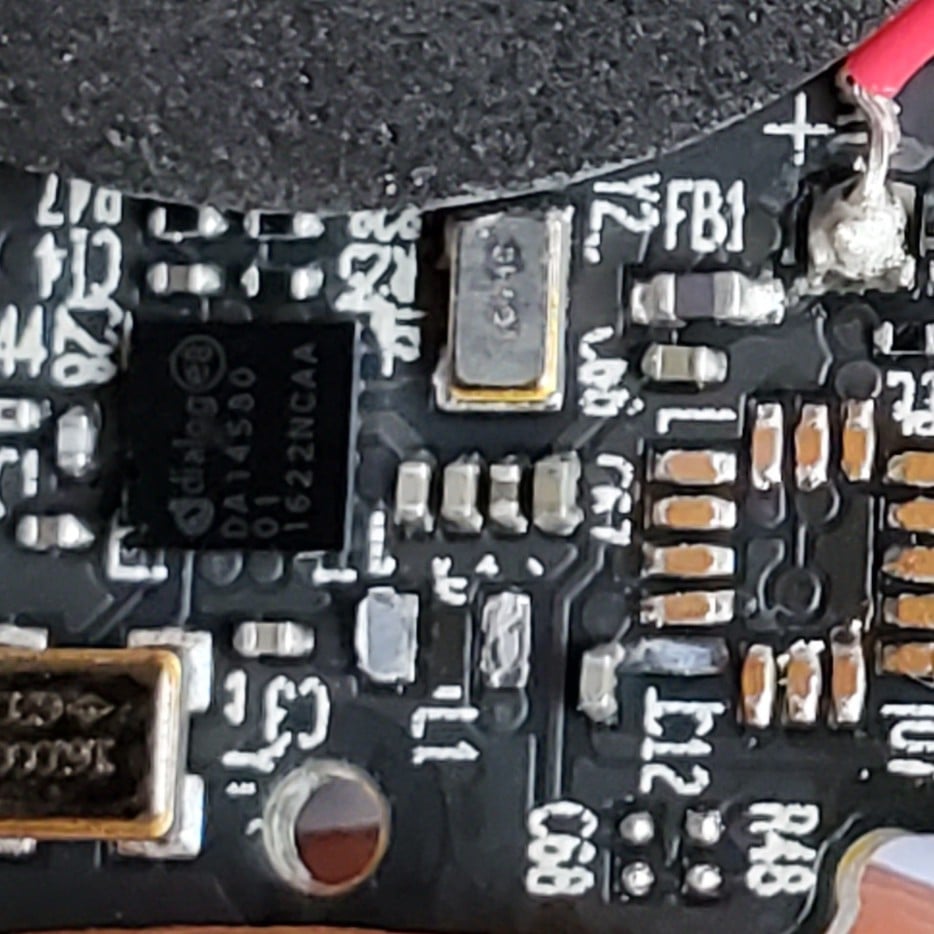my wife says its because ‘they are electron whores’
something something electrical stability something
The top poster’s wife is correct. Electronegativity is the key. It seems kind of intuitive, but very difficult to explain.
One definition is that metals can conduct electricity - as in exchanging electrons.
The periodic table is two dimensional. The vertical axis or rows tells how many shells or layers or orbits of electrons an atom has. As we go downwards in the table the exchangeable electrons are positioned further away from the protons, so the electrons are less attached and more likely to be exchanged by close proximity of other atoms.
The horizontal axis is the number of electrons in the outermost orbit. The rightmost ones have full outer orbits and don’t have vacancies to exchange electrons, but as we go left, the atoms are more and more short of electrons to fulfil the outermost orbit = electronegativity= missing some electrons.
Combining this shows that the atoms most likely to exchange electrons are in the bottom left corner of the table, which is also the previously mentioned definition of metals.
Someone else pointed out that the actual distribution of atoms is very much not metallic. In the entire universe there is 73% hydrogen, 25% helium and only 2% of everything else including all metals. Even on a planet consisting of “everything else” very much, it’s still rare to come by metals, hence their value.
The reason why metals take up so much space on the period table is simply that metals have a lot of different configurations which need to be described because they are different from each other.
Why is it “electronegativity” if they’re missing some electrons? Wouldn’t that make them electrically positive? I guess it must mean something other than the total electric charge because unless the atom is an ion, that’s always 0 (# protons = # electrons)?
Yes, electronegative doesn’t mean electrical charge, but simply that it’s in the negative of the potential number of electrons in that period. It’s a chemical term meant to explain how likely it is to attract the needed electrons, so it increases as it gets closer to the noble elements. I mean, it doesn’t express the difference from the ideal number of electrons but the likelyness that it will receive an electron.
The periodic table is a nice overview, but it doesn’t really show how stuff works in any logical way.
Is your question why 80% of distinct atoms when measured specifically by their number of protons in the universe are metallic? I can’t answer that but I would highlight that it’s an extremely arbitrary question. Almost all atomic matter in the universe has a single proton and once you get into the 10-25% of the universe that bizarrely has more than one proton per atom it’s estimated that 80% of what’s left only has two protons.
Nearly none of the universe is metallic.
Um yes, the first one.
I think they mean as opposed to 80% of the periodic table. Maybe.
🙄
They meant 80% of the periodic table, right? I don’t know the periodic table but that to me seems like the obvious thing they mean…
#NatureIsMetal
Metals have what’re called delocalized electrons, where electrons just kind of wander around a metallic bond between atoms. Metallic bonds involve a very low level of attraction between the nucleus and its electron cloud. Turns out most elements have this, so they do metallic bonding.
It’s only when atoms start to get a little wobbly do they exhibit enough electronegativity to perform ionic or covalent bonding, where the molecules donate electrons. Electronegativity increases on the right side of the periodic table when electron valency starts getting lower. And that’s the non-metal side.
So the answer is basically that you need more of an electrical charge to exhibit the things we’ve classified as non-metals. Metals are more chill and generally less reactive.
I should also mention that non-metals have a liquid/solid metallic phase at certain temperatures and pressures. I remember a Chinese study a few years ago claiming to have made metallic nitrogen.
Keep in mind our categories are pretty arbitrary. We have stuff like semimetals and so on. All bonding has multiple characteristics outside of extremes, e.g. covalent bonds with dipole character.
Metals are just our name for the broad category of bonding between extremes at conditions we usually find on earth where we live. They are soft squashy bonds that are kinda slutty because they’re just sort of average.
Actually within the metals we see some pretty different characteristics, especially with D orbital chemistry stuff but because of inertia we just keep these things all in the same category of metals because shiny squishy was a lot more obvious than fucky wucky complexing when people named them.
Astrophysicists:

Once you start tacking on lots of electrons, there’s only so many ways to configure them and get stable nuclides with behavior consistent with nonmetals.
Some elements have an unstable electron configuration in their outermost shell, so they want to get rid of those electrons to make the configuration more stable. These elements are defined as metallic, and make up most of the elements.
they get more and more electrons, which are weaker and weaker bound, thus form metals
I’ll try my best. I’m not an inorganic chemist, but I did take a class on it once, and I’ll try to remember as much from it as I can.
Metals are metallic mainly because they’re able to form these vast networks of bonds between many atoms. All the properties that we associate with metals - shiny, conducts electricity and heat, such as that - arise because of how this network of bonds interacts with the environment. For instance, having a network means electrons can go from one side of the network to the other which we observe as being electrically conductive.
In other words, the metallicity of an object is an emergent property that’s dependent on how large this network of bonds is and what types of bonds make up the network. As a side note, because we know that the network is the basis of metallicity, we can kind of cheat the system by making networks out of otherwise non-metallic objects, and if we make these networks act similarly to the networks found in metals, we get a non-metal that looks and acts like a metal (what we would then call a semiconductor)
It turns out, the higher energy orbitals that you find on heavier atoms have the tendency to form networks. I don’t fully remember why, but I think it has something to do with the fact that when you get so heavy, you have so many orbitals that you can just form a ton of bonds at once (I was surprised to learn that metal atoms can form more than 3 bonds with another metal atom)
So basically the lighter elements tend to be non-metals because they don’t have the number of orbitals to form a cohesive network (outside of select cases) and the heavier elements tend to be metals because they have so many orbitals that they kind of have to form networks.
Um… Did you mean “why 80s songs have elements of metallic?”
I don’t know, but if you ask star researchers, they’ll say anything that isn’t hydrogen or helium is a metal
Cause the laws of physics as we understand them selected for those configurations during and after the Big Bang.
That’s a heavy subject.











